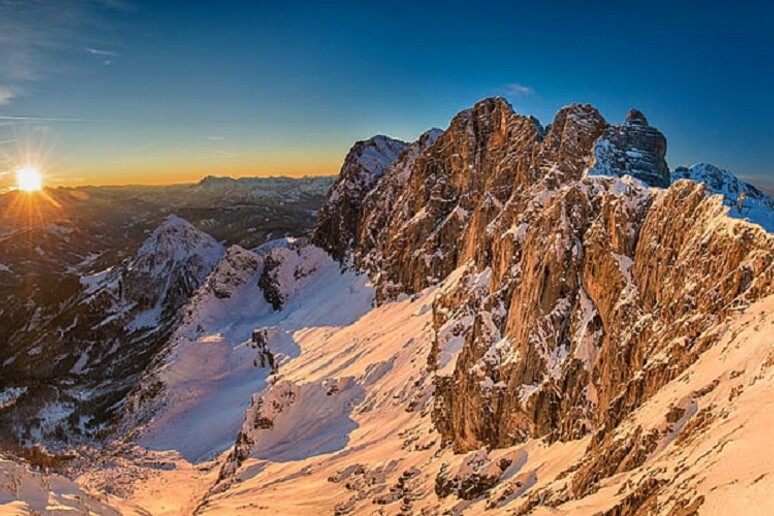Over the past 20 years, areas close to glaciers have warmed about twice as much as those three kilometres away, according to international research coordinated by Italy and involving the University of Milan, the National Research Council, the Muse in Trento and the University of Texas at Austin.
In the study, published in the journal Nature Communications, data on soil temperature were collected using hundreds of sensors installed near glaciers in different parts of the world, from the European Alps to the Andes of Peru, to the Svalbard Islands in the Arctic Ocean. This made it possible to produce the most detailed map to date of the temperature in high mountain areas, capable of detecting the differences that can exist between areas only a few dozen metres apart.
The researchers also found that the areas closest to the glaciers have experienced an increase of between two weeks and one month in the average length of the season without snow cover: 23 days in the southern hemisphere, 20 days in the intertropical zone and 13 in the northern hemisphere.
Riproduzione riservata © Copyright ANSA













